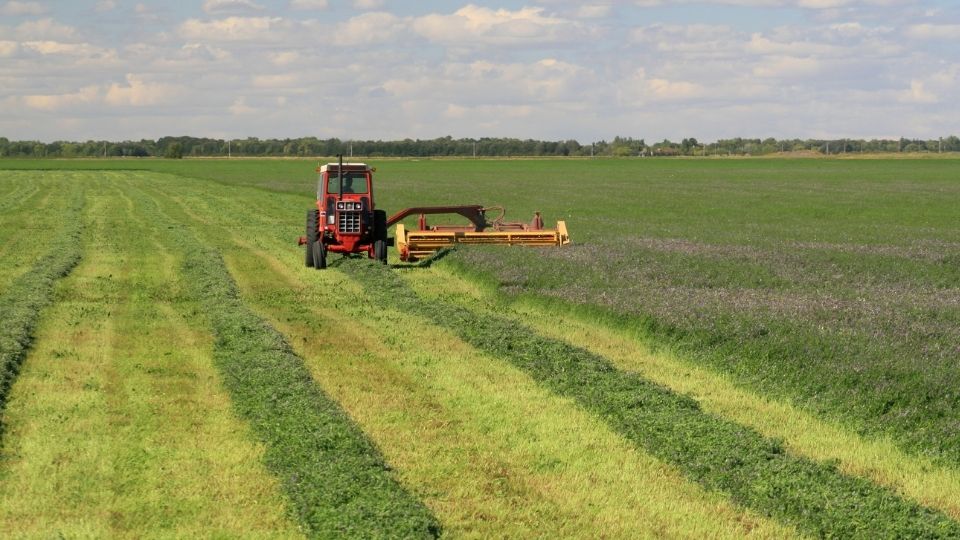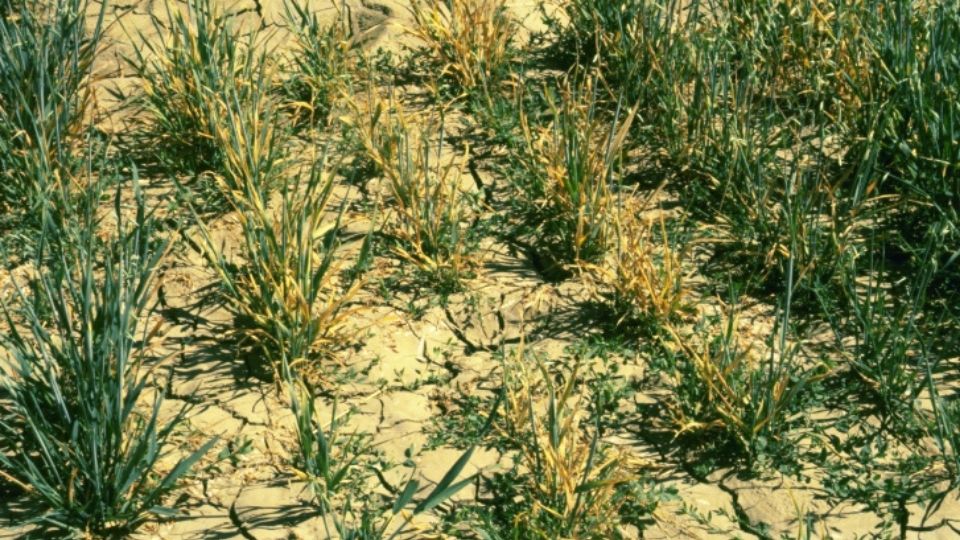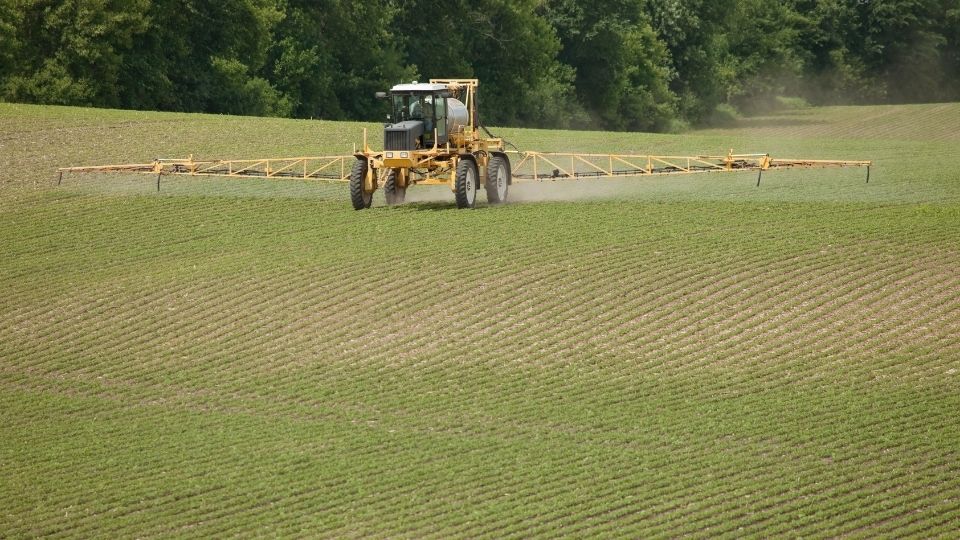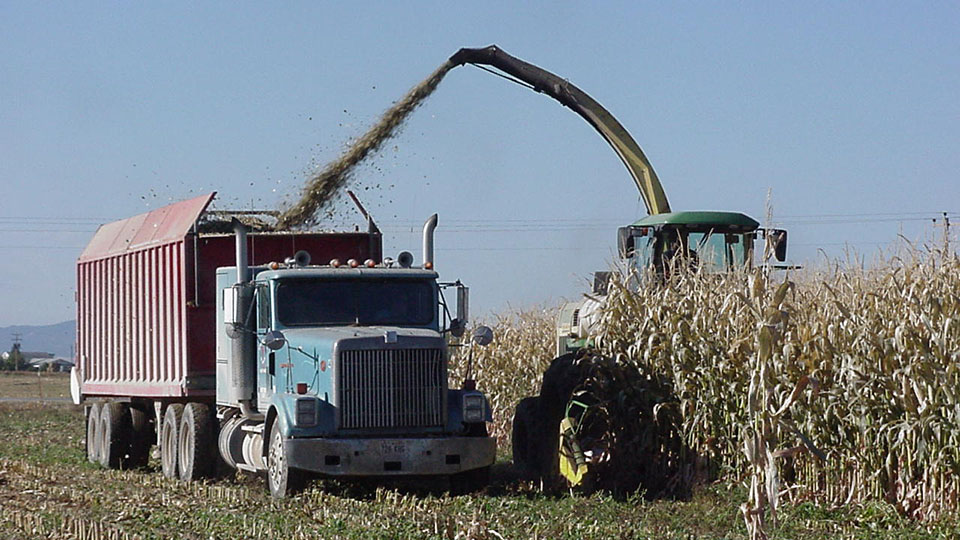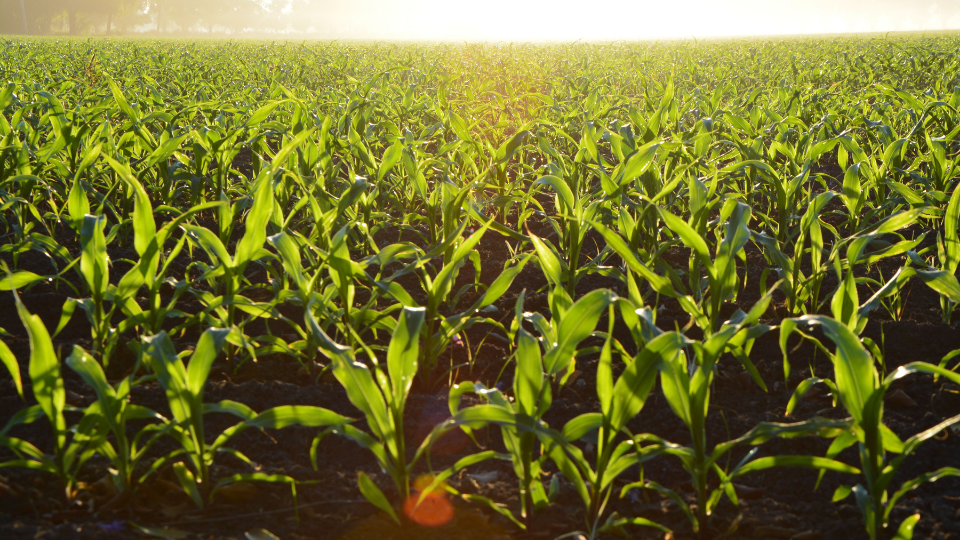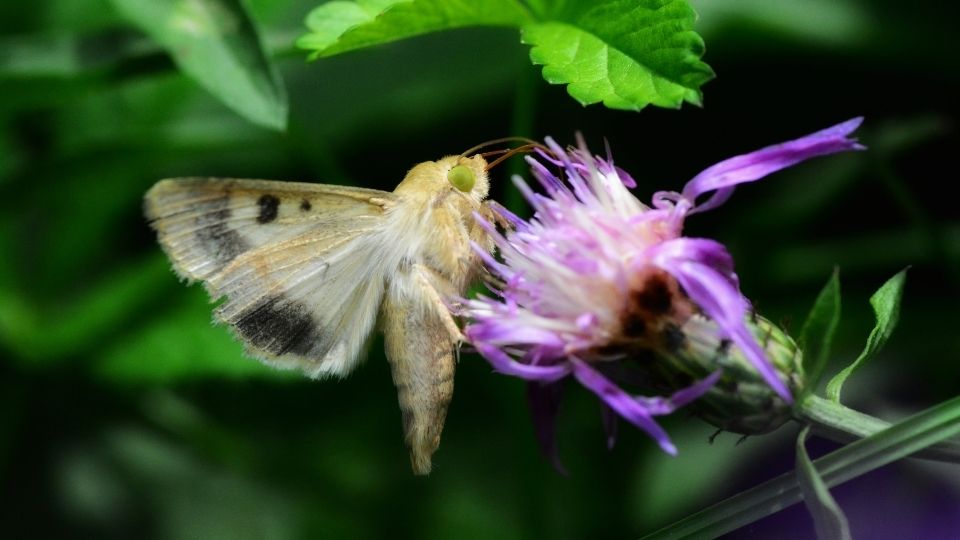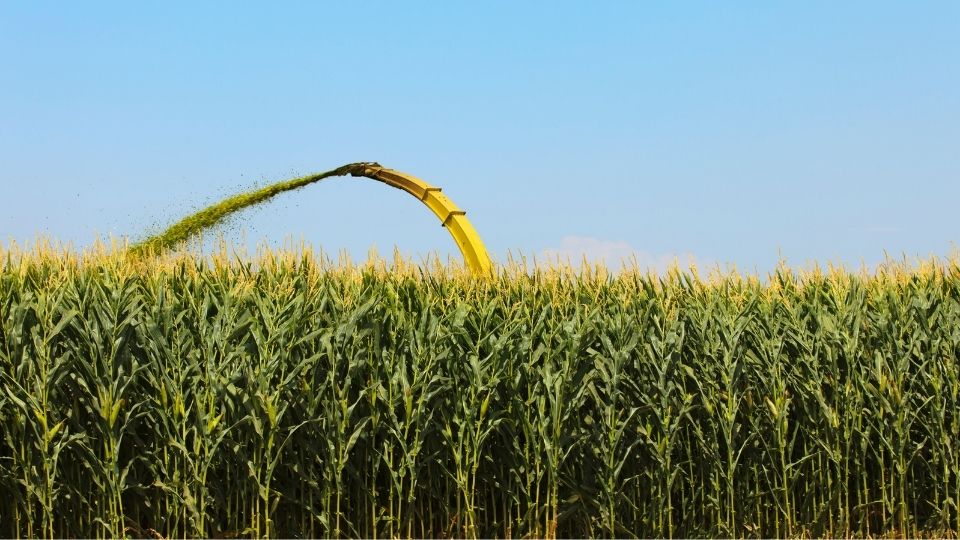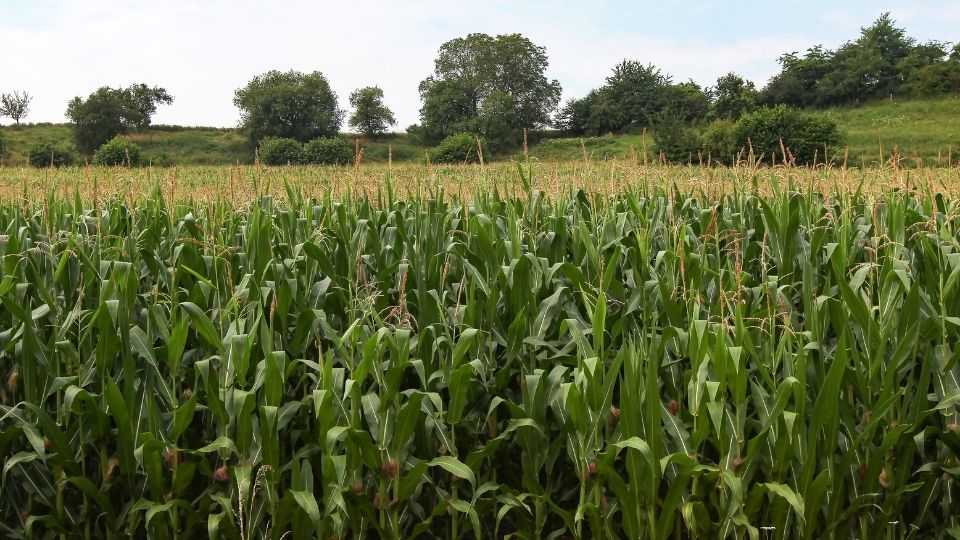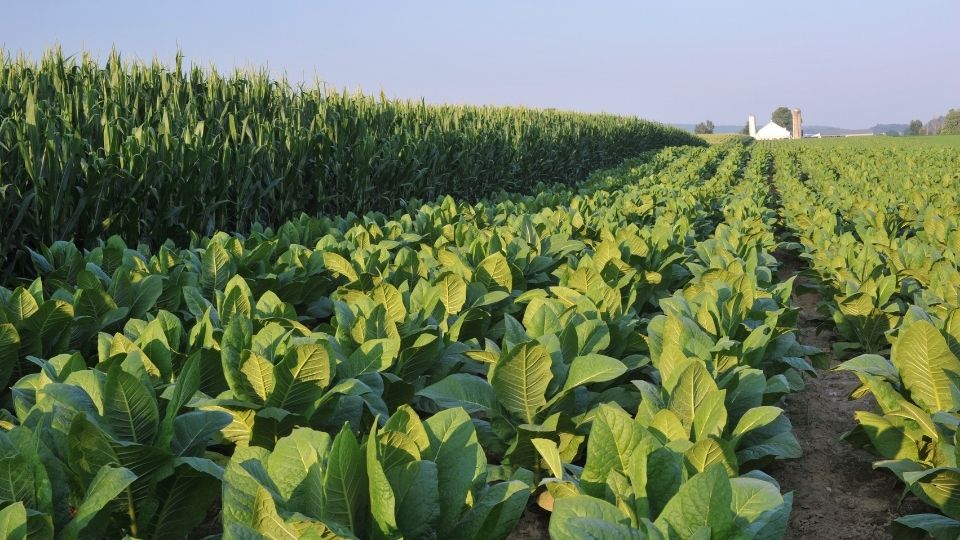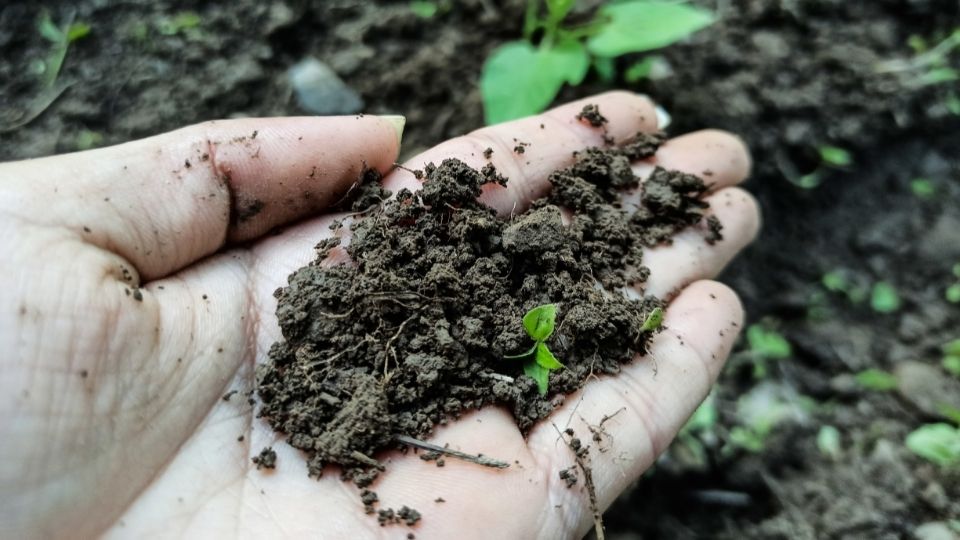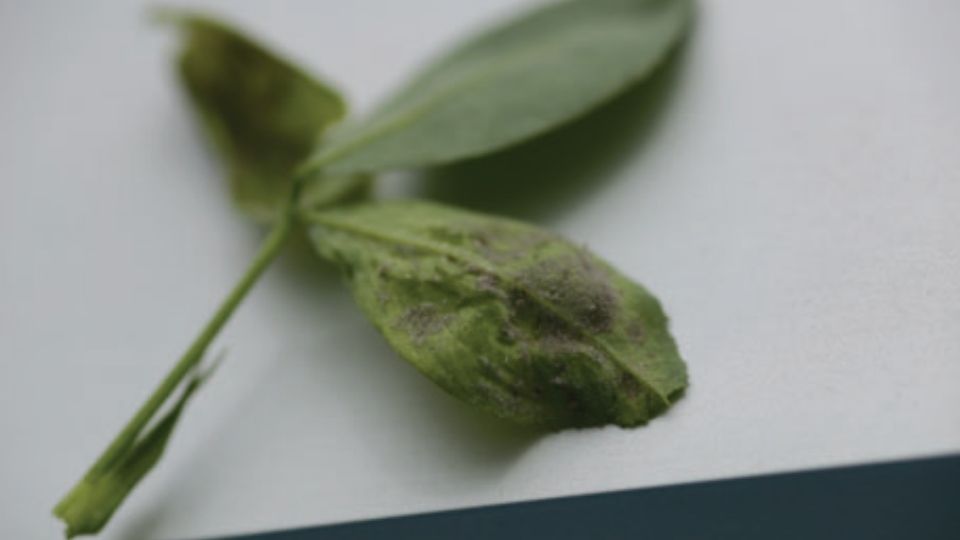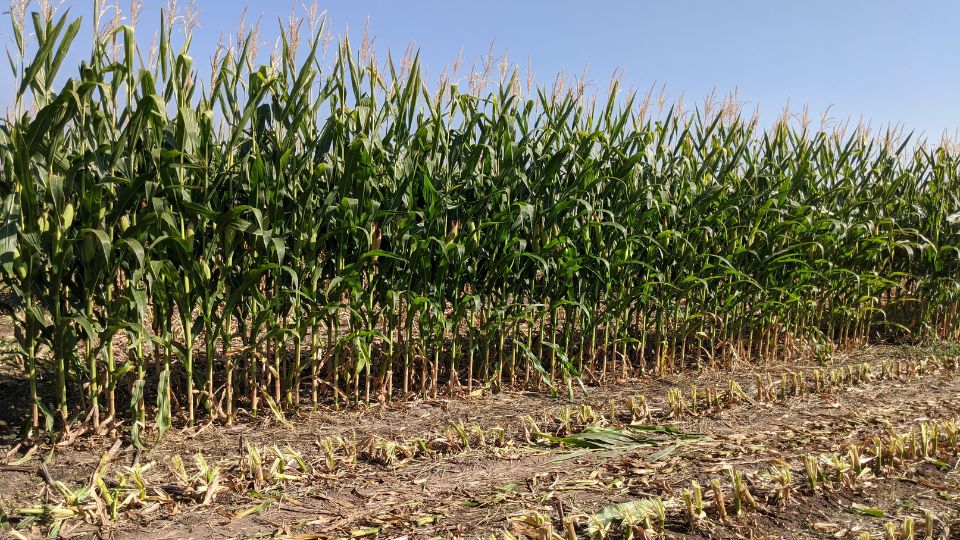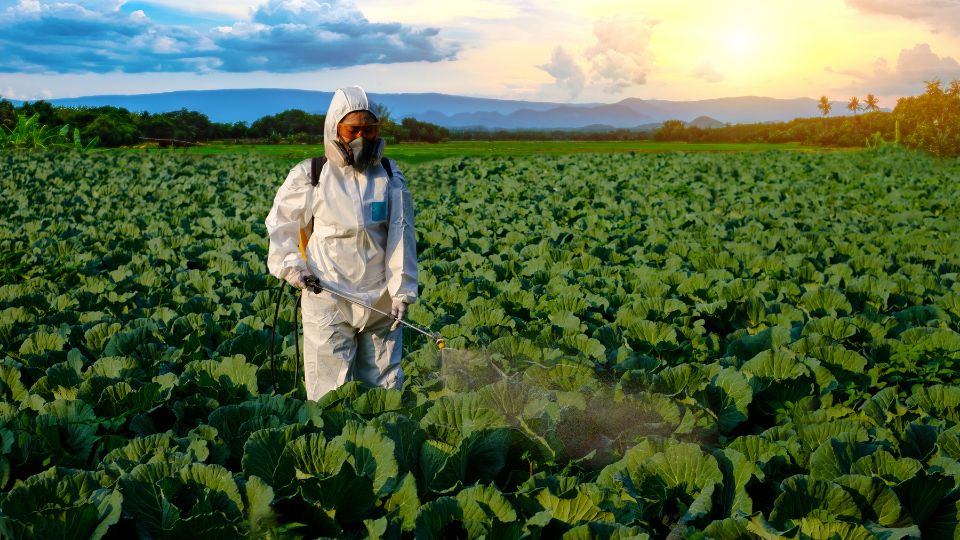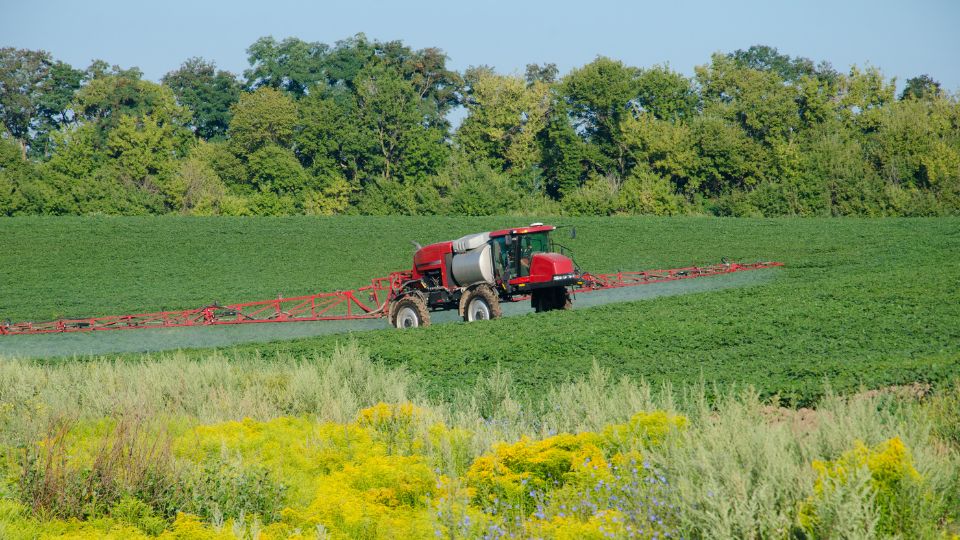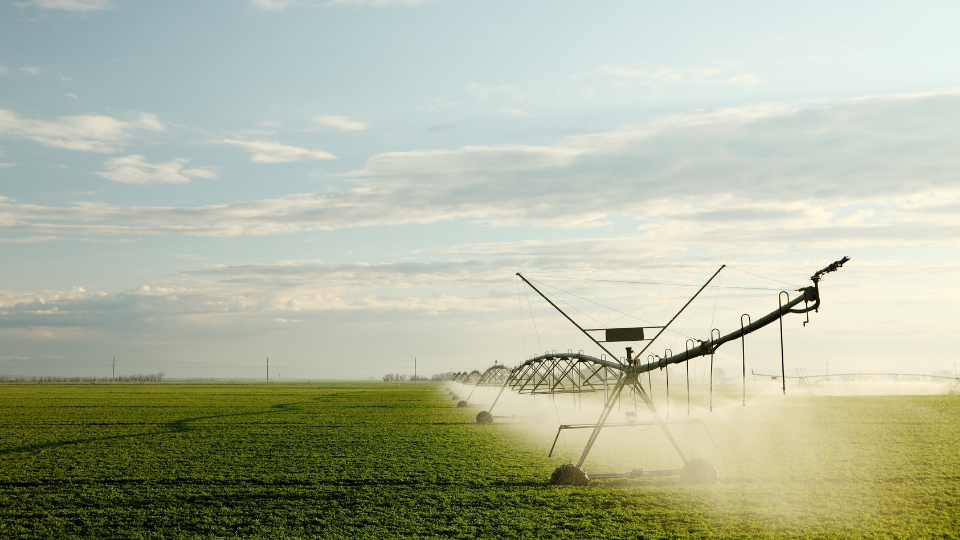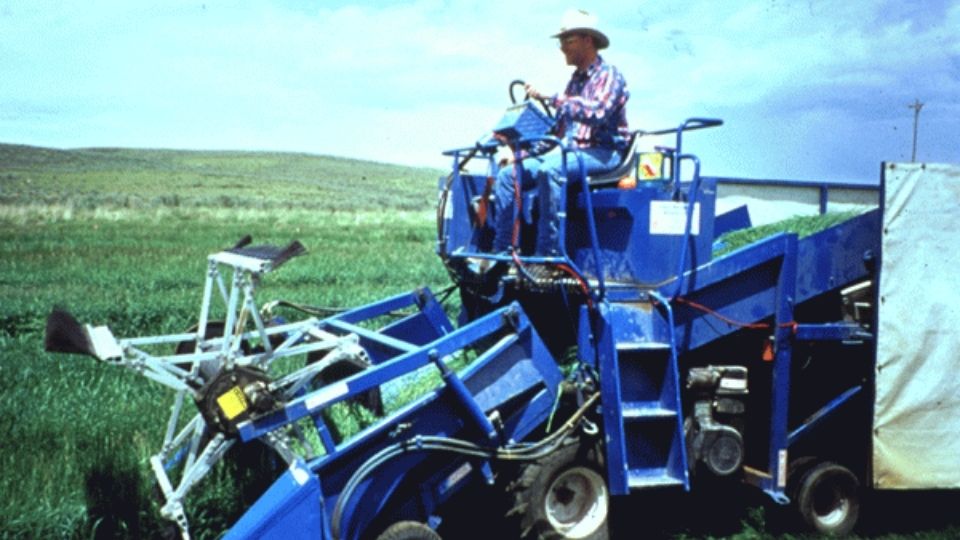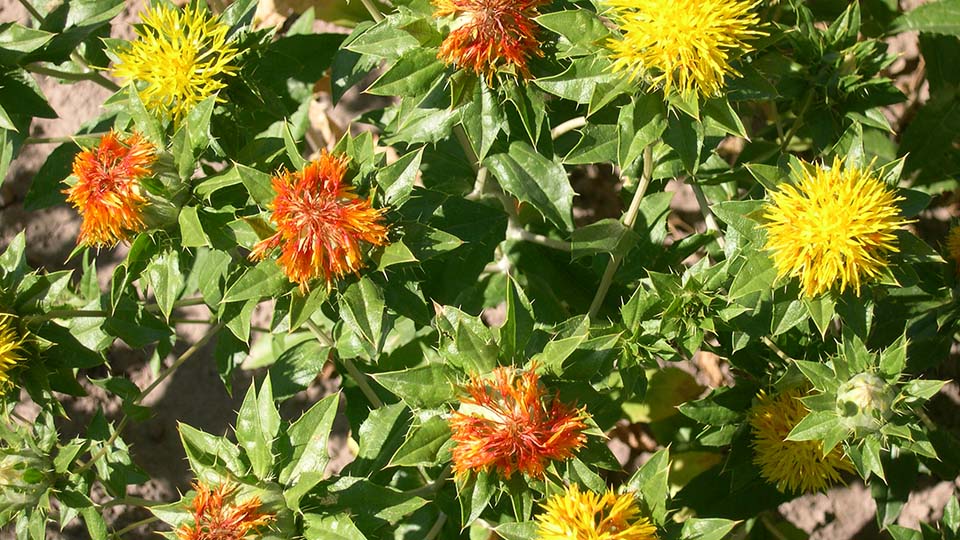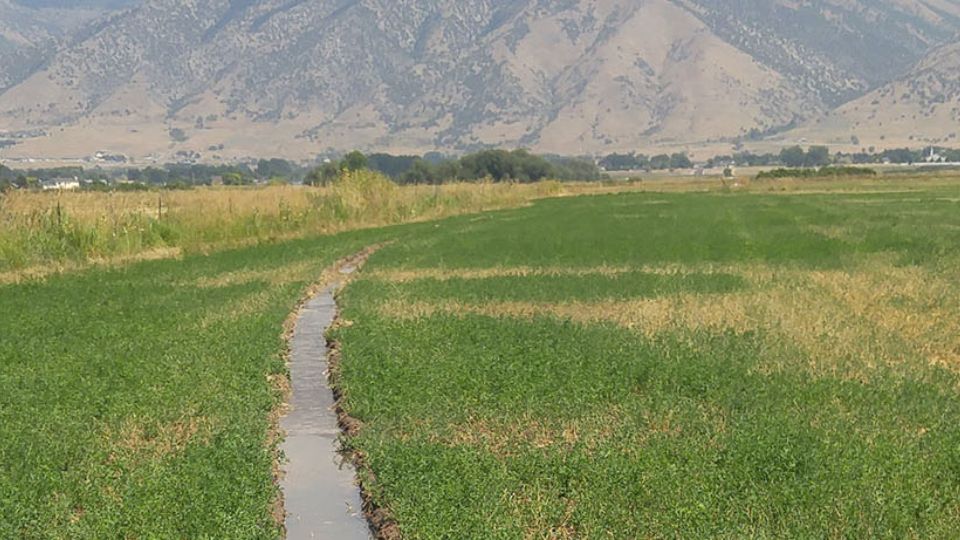Understanding Pesticide Risks: Toxicity and Formulation

Risks of pesticide exposure to humans, other nontarget species, and the environment are primarily influenced by a pesticide’s toxicity and formulation.
Objectives of This Fact Sheet
To provide information about:
- Pesticide risks to human health.
- Primary means of pesticide exposure.
- Standardized measures of pesticide toxicity.
- Pesticide signal words.
- Types of pesticide formulations.
Introduction
Pesticides are substances that control unwanted organisms. A pesticide can be used to prevent, destroy, repel, or mitigate pests. Common pest organisms include insects, plants, fungi, bacteria, plant-parasitic nematodes, viruses, snails and slugs, and nuisance vertebrate animals. Pesticide is a comprehensive term for products that includes insecticides, herbicides, fungicides, bactericides (or antibiotics), nematicides, molluscicides, and rodenticides.
Understanding Hazards of Pesticides to Humans and the Environment
Pesticide active ingredients are chemicals selected to disrupt life processes in pests; however, their effects can have broader impacts than the target organisms. Pesticide effects on human health depend largely on the chemical activity, or mode of action (MOA). For example, an insecticide that targets insect nerve action may also harm the human nervous system.
In addition to MOA, pesticide toxicity to humans depends greatly upon the amount, or dose, type of exposure, and the mode of entry (MOE). While MOA refers to the chemical action that disrupts a pest’s life process, MOE is a pesticide’s route of entry or contact with an organism. Pesticides can harm humans in a number of ways: damage the nervous system, irritate the eyes and/or skin, reduce respiratory function, poison the digestive system or other metabolic organs, or cause cancer.
In general, the level of pesticide hazard to humans can be defined by the multiplication of its toxicity by the amount of exposure.
Pesticide Exposure
There are four ways in which pesticides can enter the body:
- Dermal
- Ocular
- Inhalation
- Oral
Pesticide exposure occurs through:
- Residue in or on food.
- Passive contact with pesticides in homes, workplaces, landscapes, or farms and gardens (e.g., during fruit and vegetable harvesting).
- Pesticides in water sources occurring through leaching or run-off.
- Direct exposure during pesticide applications.
Toxicity: LD50 and LC50
Pesticide toxicity is measured in LD50 (LD stands for “lethal dose”) and LC50 (LC stands for “lethal concentration”) values. LD50 is the amount of chemical that causes death in 50% of the test organisms upon oral or dermal exposure. LC50 is the concentration of a chemical in inhalable form that is lethal to 50% of test organisms. Units for LD50 and LC50 values are expressed in milligrams of substance per kilogram of test animal body weight (mg/kg). LD50 and LC50 measure toxicity levels of pesticides, and vary according to the MOA, MOE, and type of exposure (oral, dermal, or inhalation). LC50 values are also used to measure pesticide concentrations in water for determining toxicity risks to aquatic life.
Some important points to know about LD50 and LC50 values:
- Pesticides with lower values have higher toxicity (less chemical is needed to kill 50% of the test organism’s population, see Table 1 for toxicity ratings).
- They are determined by testing the pure active ingredient. Inert carriers and enhancers (adjuvants) can affect a pesticide’s level of toxicity.
- LD50 values are based on a single dose and short-term exposure. The values do not represent cumulative effects which can be important in their risk for carcinogenic effects.
- Values are usually not included on pesticide labels, but instead, signal words corresponding to toxicity values are provided (see the “Signal Words” section).
Table 1. Toxicity ratings and categories for oral, dermal, and inhalation exposure of pesticides.
| Toxicity Rating, Category | High Category I | Moderate Category II | Low Category III | Very Low Category IV |
|---|---|---|---|---|
| Signal Word | DANGER-POISON, DANGER | WARNING | CAUTION | CAUTION, No Signal Words |
| LD50 toxicity ratings for oral exposure * | 0-50 | >50-500 | >500-5,000 | >5,000 |
| LD50 toxicity ratings for dermal exposure * | 0-200 | >200-2,000 | >2,000-5,000 | >5,000 |
| LC50 toxicity ratings for inhalation exposure ** | 0-0.05 | >0.05-0.5 | >0.5-2.0 | >2.0 |
*milligrams of chemical per kilogram of body weight of test animal (mg/kg) **milligrams of chemical per volume of air or water in liters (mg/L)
Pesticides in the Environment
Although pesticides have benefits in suppressing pests, their use can have adverse effects on the environment. It is important to use pesticides appropriately to target the pest problem and minimize adverse effects on non-target organisms and the environment.
The fate of pesticides falls into three main categories: absorption, transfer, and degradation. Absorption is the binding of pesticide chemicals to soil particles and plant tissues. Some pesticides bind very strongly, while others form weaker bonds.
Pesticides can be transferred from application sites by transforming to vapor, a process called volatilization. Non-target organisms can be exposed to pesticides through volatilization. One example of volatilization is damage or death of non-target plants caused by 2,4 D herbicide vapor. Pesticide transfer also occurs via runoff and leaching, which can lead to groundwater contamination and injury to non-target species. Runoff can transfer pesticides away from target areas as they move with water or eroding soil particles over a sloping surface. Pesticide leaching occurs when pesticides are transferred by water through the soil and into the ground water.
Pesticides break down in the environment over time through natural processes. This is called pesticide degradation. The rate of pesticide degradation depends on the pesticide’s chemical structure and environmental conditions. For example, the botanical pesticide pyrethrin breaks down within several hours in the environment, whereas the halflife (time for 50% of the chemical to degrade) for a more toxic and longer-lasting insecticide, diazinon, is more than 1 month. Pesticides with rapid degradation usually lower environmental risk.
Pesticide Formulations
There are numerous formulations of pesticides. Some pesticide formulations can lower the risk for people and other non-target organisms if they are applied as directed by the label. Methods of application will vary with pesticide formulation. It is important to apply pesticides in the quantities and concentrations that are specified on the pesticide label. Applying pesticides in greater amounts or higher concentrations than recommended on the label is illegal, usually not cost effective, and increases the risks to humans, other non-target species, and the environment.
Common formulations and their application methods include:
BAITS
Baits are formulated to target specificity. They contain food products to attract a specific group of pests and contain a pesticide to kill the pest upon consumption. Pesticide-treated baits are useful for controlling social insects, such as ants and termites that collect food or bait for the entire insect colony. (Figure. 1).
DUSTS
Dusts are dry, fine powders (particle size less than 100 microns), and typically available in ready-touse forms. They can be applied under conditions when sprays can harm plants, or in hard-to-reach indoor spaces. When pests come in contact with pesticide dusts, the chemical will harm the pest either through absorption or ingestion during grooming. Dust particles are small and light in weight (Figure 2), allowing them to easily drift from the application site, or to be inhaled. Use of a protective mask to prevent inhalation by the applicator is an important safety precaution when applying pesticide dusts.
GRANULES
Granules particles are larger in size than those of dusts (particle size range of 250-1250 microns, or 0.25-2.38 mm in diameter). Granules (Fig. 3) may be applied to soil for controlling weeds, nematodes, and soil-dwelling insects. The active ingredient is released slowly and may require moisture or soil incorporation. A disadvantage is that non-target organisms can mistakenly consume granules.
SPRAYS
Sprays come in a number of formulations including wettable powder (WP), flowable (F), emulsifable concentrate (EC), sprayable oils (S), and oil-base sprays. Sprays should be applied carefully as they drift easily and are easily absorbed through the skin. They can be flammable and corrosive, and must be stored properly.
AEROSOLS
Aerosols are pesticides purchased in pressurized containers in a ready-to-use form. Aerosol cans create tiny droplets of pesticide and can be used in localized areas. For more information on pesticide formulations, visit: http://npic.orst.edu/factsheets/formulations.pdf.

Fig. 1: Grasshopper bait placed in a cup to keep dry.
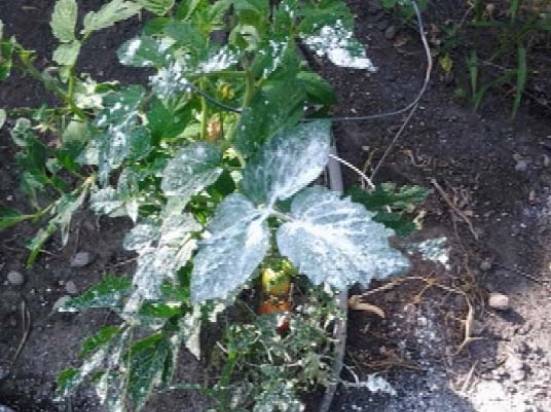
Fig. 2: Insecticide dust that kills crawling insects.
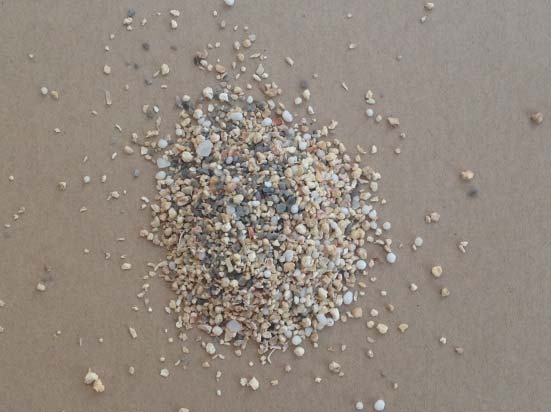
Fig. 3: Insecticide granule.
Safety Considerations
Pesticide labels are designed to protect humans and the environment, and they are required by law. It is a federal and state violation to use any pesticide in a manner inconsistent with the label. Labels include required and optional Personal Protective Equipment (PPE) descriptions appropriate for use with the pesticide, and information on storage and disposal. Pesticides must be kept out of reach of children and pets, and should only be used when children and pets are not present. Always read the label before purchasing or using a pesticide.
Signal Words
Many pesticide labels include Pesticide Rating Signal Words, but not all do so. Signal words indicate the level of toxicity, or degree to which a substance is hazardous, based on its LD50 and LC50 values (refer to “Toxicity” section above). Pesticide signal words include:
DANGER-POISON (High toxicity). These are pesticides with the most toxic compounds, which cause illness or death with exposure through the skin, ingestion, or through the eyes. These are restricted-use pesticides, meaning that only licensed pesticide applicators may legally purchase or apply the pesticides.
DANGER (High toxicity). This group differs from pesticides rated as Danger-Poison in that they are highly toxic by at least one route of exposure. Like Danger-Poison pesticides, they have the lowest LD50 or LC50 values, and are restricted-use. Exposure to these pesticides may cause irreversible tissue damage.
WARNING (Moderate toxicity). These pesticides are moderately toxic if eaten, absorbed through the skin, inhaled, or cause moderate eye or skin irritation. These pesticide products should be used with extreme care.
CAUTION (Low to very low toxicity). These pesticides are slightly toxic if eaten, absorbed through the skin, inhaled, or cause slight eye or skin irritation. Pesticide products with the signal word Caution have the highest LD50 and LC50 values (lowest toxicity).
No Signal Words Pesticides with the Toxicity Category of IV (refer to Table 1) for all routes of exposure do not require a signal word, but may include the signal word Caution.
Pesticide Cleanup and Disposal
If a pesticide spills, follow the three C’s: Control, Contain, and Clean up.
- Control, or stop the spill as quickly as possible.
- Contain the spill by applying absorbent material such as sand, sawdust, newspaper, or pet litter.
- Clean up the spill by sweeping and scooping up the absorbent material and placing it in a sealed plastic bag.
Prevent pesticide spills by safely storing and handling pesticides. Always wear protective clothing when dealing with pesticide spills.
Pesticide labels include instructions for their disposal. Do not dispose of pesticides by flushing them down household drains. Dispose of empty pesticide containers as directed on the pesticide label. Unused or diluted pesticide materials can be used on application sites indicated on the label. Do not re-use a pesticide container for another purpose. Purchase only the amount of pesticide needed and that can be used in one season.
For more information on pesticide cleanup and pesticide disposal, refer to:
- Bellinger, R. G. (1999, March). How to Handle Pesticide Spills. Home & Garden Information Center. Retrieved from Clemson Cooperative Extension: http://www.clemson.edu/extension/hgic/pests/pesticide/hgic2753.html
- Deer, H. (2004, October). Pesticide and Pesticide Container Disposal. Utah State University Extension. Retrieved from http://extension.usu.edu/files/publications/factsheet/Pesticides No 3.pdf
References
- U.S. Environmental Protection Agency. (n.d.) Retrieved from http://www.epa.gov/
- University of Florida. IFAS Extension Pesticide Formulations. (n.d.) Retrieved from http://edis.ifas.ufl.edu/pi231
- National Pesticide Information Center. (n.d.) Retrieved from http://npic.orst.edu/
Published: April 2016
Authors
Helen Muntz, Horticulture Educator; Rhonda Miller, Agriculture Environmental Quality Specialist; Diane Alston, Entomologist
Related Research




